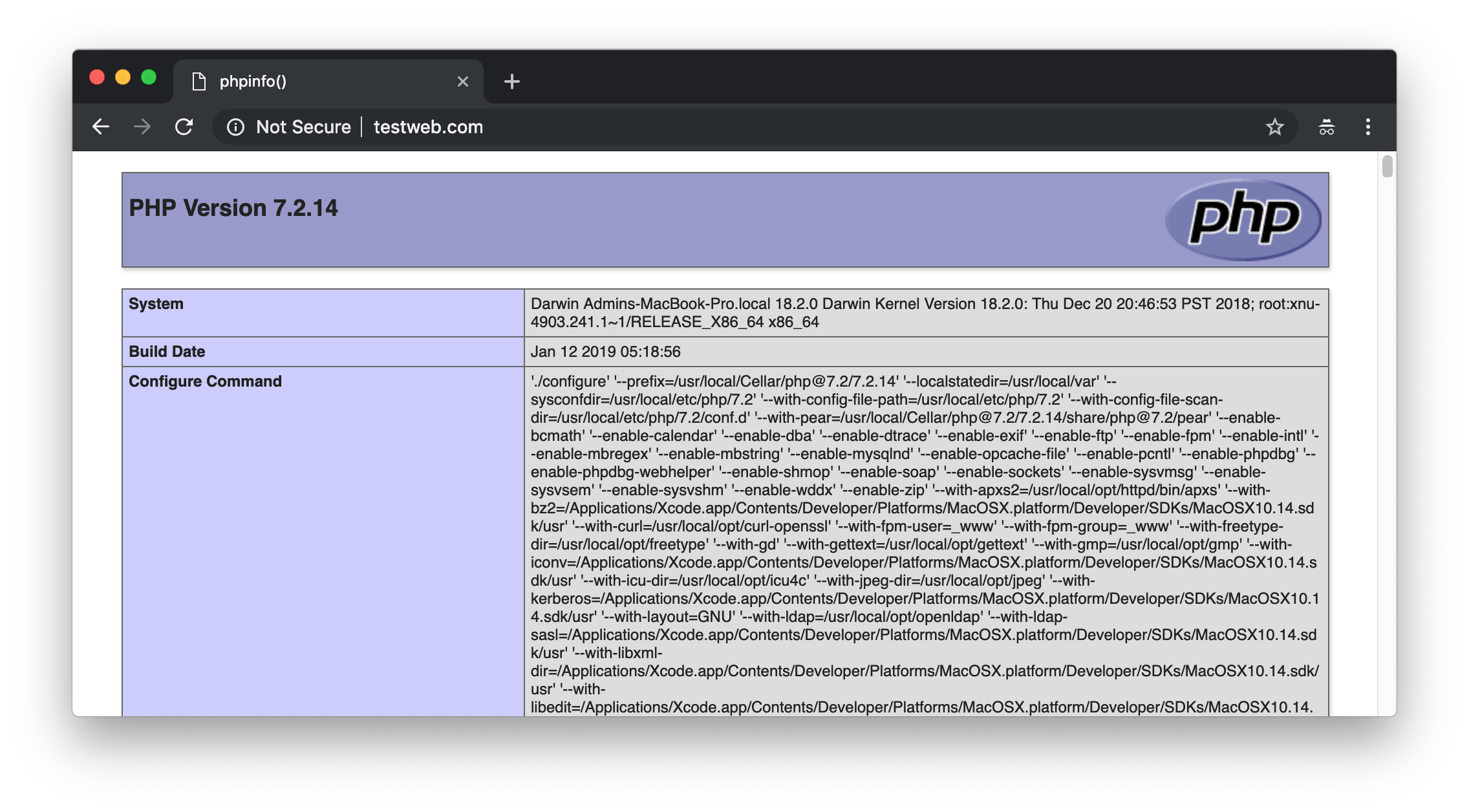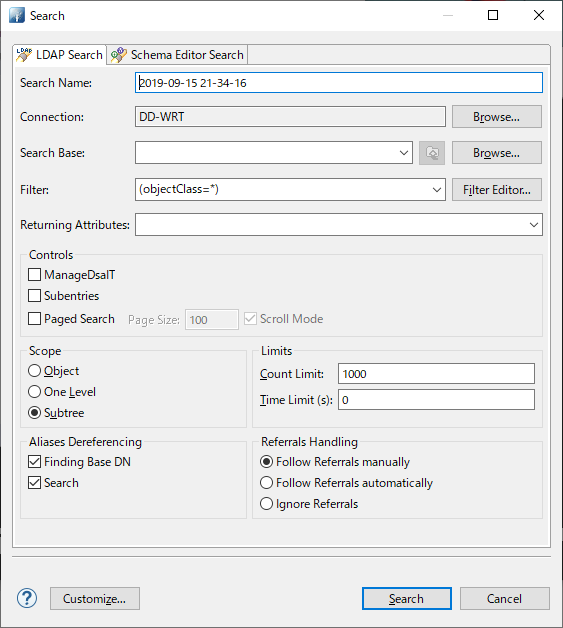
- #Apache directory studio fix java path how to#
- #Apache directory studio fix java path install#
- #Apache directory studio fix java path software#
- #Apache directory studio fix java path download#
- #Apache directory studio fix java path windows#
I had to edit the eclipse.ini file to reference the correct Java path -Įclipse doesn't use the environment PATH at all when there is a value in eclipse.ini. See " Java Downloads for All Operating Systems".Īpril 2016: Steve Mayne adds in the comments:
#Apache directory studio fix java path install#
I went to the Java manual install page (which was not as directly accessible as you'd like) and installed the 64-bit version. I downloaded Eclipse 64-bit which looks for a 64-bit JRE.īecause I didn't have the 64-bit JRE it threw the error, which makes sense. I'm running Windows 7 64-bit and I had the 32-bit JRE installed. The canonical source is managed in Apache GitBox.

Even though the default registered Java in Eclipse is the one used to launch the session, you can want to register an older SDK (including a non-Sun one) in order to run/debug your programs with a JRE similar to the one which will actually be used in production. Source Repository Canonical Source Repository.Note: You could register just a JRE within Eclipse because it is enough to run your program, but again a JDK will allow for more operations. You only need a JRE to launch Eclipse, but once Eclipse launched, you should register a JDK for your projects (especially for Java sources and debugging purposes, also in theory for compilation but Eclipse has its own Java compiler).The JVM you will reference within your Eclipse session is not always the one used for launching Eclipse because:.Copy any JRE of your in your /jre directory.The LDIF Editor User’s Guide is also available as PDF. Click here to consult the LDIF Editor User’s Guide. The LDAP Browser User’s Guide is also available as PDF. Click here to consult the LDAP Browser User’s Guide. Reference that exact JRE path in your eclipse.ini. Here are the User’s Guides available for Apache Directory Studio: LDAP Browser.I would recommend to always run Eclipse with the lastest JRE possible (to benefit from the latest hotspot evolutions).Set your JAVAHOME environment variable to point to your JDK. "Installing" a JRE or a JDK can be as simple as unzipping or copying it from another computer: there is no special installation steps, and you can have as many different JVM versions (1.4, 5.0, 6.0.) as you want, "installed" (copied) almost anywhere on your disk. Add GROOVYHOME/bin to your PATH environment variable.
#Apache directory studio fix java path software#
The Tanuki Software Java Service Wrapper web site documents all configuration settings for wrapper.Eclipse will by default try to launch with the default " java.exe" (the first one referenced by your PATH)
#Apache directory studio fix java path windows#
For example, the nf log settings govern the destination of the JVM’s stdout and stderr logging and the logging of the communication between the wrapper.exe Windows service container and the JVM it hosts.Īn ApacheDS installation’s wrapper.exe log settings are stored in: C:\Program Files (x86)\ApacheDS\conf\nf. While the ApacheDS Java code’s logging is log4j-based, the wrapper.exe Windows service has its own logging configuration.


The ApacheDS project relies on the Tanuki Software Java Service Wrapper’s wrapper.exe to manage the ApacheDS Java Virtual Machine (JVM) process. To run as a Windows service, the ApacheDS Java classes must be executed within a Windows native binary. The following example could be used to log all incoming search, add, delete, modify and moddn requests: .SearchHandler=DEBUG Learn more about log4j and related tools at its homepage. And you can configure logging to make it easier for you to view the messages with tools like Log Factor 5 or Chainsaw. You can take advantage of other features of log4j as well, such as other appenders like the daily rolling file appender. Its use should be avoided unless execution speed is not an issue.” (from the log4j documentation) Advanced log4j configuration “Generating caller location information like with %M or %L is extremely slow. INFO: Service.init() - server: started in 3016 milliseconds Successful bind of an LDAP Service (636) is complete. layout.ConversionPattern=[%d.%M() - %m%n The name of the RollingFileAppender is “R”: log4j.rootCategory=WARN, stdout, R Here is what the default configuration file log4j.properties, which is located in /conf/, looks like. It backups the log files when they reach a certain size. Besides stdout, a RollingFileAppender is used to collect warnings and errors. Default behavior after installationīy default, ApacheDS writes log files in the directory /var/log/. It is an Eclipse RCP application, composed of several Eclipse (OSGi) plugins, that can be easily upgraded with additional ones. Apache Directory Studio is a complete directory tooling platform intended to be used with any LDAP server however it is particularly designed for use with ApacheDS.
#Apache directory studio fix java path download#
This is a simple facade for various logging APIs. Download ApacheDirectory Studio 2.0.0-M17.
#Apache directory studio fix java path how to#
This section describes how to configure logging within a standalone ApacheDS. In order to detect and analyze problems, adjusting the log level of a server can be a valuable tool.


 0 kommentar(er)
0 kommentar(er)
